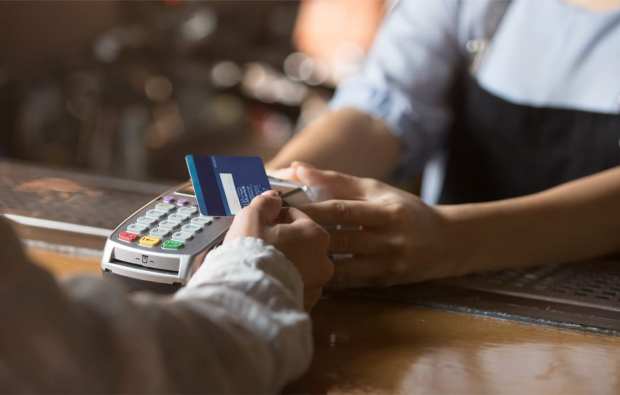Ireland‘s AIB Drops Plan To Charge For Contactless Payments

The coronavirus outbreak, now spreading worldwide, has caused Ireland’s AIB to reconsider charging people for contactless payments.
Contactless payments, after all, could help prevent the virus from spreading further, if people can avoid touching others. Contactless payments constitute eschewing the usual process of entering PINs or passwords, instead allowing users to wave their card in front of a device without any actual touching.
AIB was set to introduce a 1 cent charge for each transaction done in a contactless way as one of several new maintenance fees the company was planning to implement.
The bank changed its mind this week, saying in a brief statement that the coronavirus outbreak had caused it to suspend the charge on contactless payments. But the other fees and charges, like one quarterly fee of €4.50, are still set to come at the end of May. The new fees are an initiative by AIB to modify its previous policy where anyone with a balance of over €2,500 was exempt from fees.
Customers using other accounts like student, graduate or basic accounts will be able to continue without any additional charges, and those using AIB’s direct debit to pay mortgages will be exempt.
Contactless payments are free of charge with other mobile banks like Revolut and N26, but more traditional banks, such as the Bank of Ireland and Ulster Bank, do charge fees of 1 cent per contactless transaction.
And contactless payments are becoming more popular in Ireland, with a 44 percent increase from the previous year. There were 1.5 million such payments made in the third quarter of last year alone.
To some, the future of contactless payments comes in the form of biometrics, with some companies exploring building biometric readers into their payment hubs. But a lack of cohesion and implementation across the board has proved a hurdle for the form. NatWest has been exploring a way to ensure security and prevent fraud by conclusively linking a person’s biometric fingerprint to their card.
